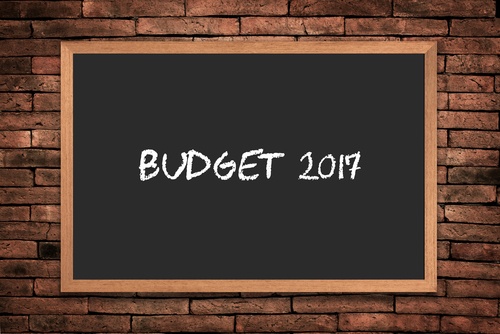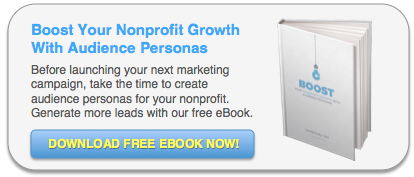
With 2017 practically nipping at our heels, it’s probably a fair assumption that marketers everywhere are deep in the throes of finalizing their budgets for next year. If this applies to you, take comfort in knowing that you're not alone, and that many of us share your burden. For nonprofit marketers in particular, annual budgeting can be both a blessing and a curse.
According to Content Marketing Institute, most nonprofits—regardless of size—are budgeting for content marketing. Perhaps your nonprofit already has a content marketing strategy in place, yet you’re still grappling with which tactics to prioritize given your limited budget and time. As this is a typical scenario for most nonprofits, marketers should remain focused on the direction in which content marketing will be moving over the next year. Below are 6 nonprofit content marketing trends to plan and budget for in 2017.
1. Storytelling
Powerful and authentic storytelling will continue to be the single most essential marketing tool kit element for creating results-driven content in 2017. Nonprofit marketers should plan and invest in crafting stories that will connect with their audience’s emotions, engage them in deeper online conversations, and ultimately drive them to act on behalf of their nonprofit’s top line goals. These stories should be repurposed and distributed throughout the year in a variety of content formats across all available marketing channels for maximum reach and value.
2. Influencer Marketing
In today’s social marketing landscape, people trust peers more than traditional advertising. In fact, people are more likely to make purchase and giving decisions based on strong, positive reviews and peer endorsements than promotions. For nonprofits, influencer marketing involves leveraging cause advocates and key thought leaders to help drive messages to a larger audience through social media and content marketing. Make it a priority in 2017 to identify and build mutually beneficial relationships with influencers who have established trusted, authoritative voices with your nonprofit's audience. This will help to generate greater awareness for your cause and brand.
3. Live Streaming Video
Video's explosive growth remains high on the content marketing radar in 2017. And nonprofit marketers are beginning to understand the power of live streaming video to share stories and engage in conversations with their audiences. They're using streaming video to broadcasting live events, to make important announcements, and to check in with their followers on a consistent basis. In 2017, your nonprofit could also benefit from exploring the various streaming video tools on the market—including Facebook Live, YouTube Live, and Periscope to name a few—to better connect and engage in real-time with your online community.
4. User-Generated Content
Although user-generated content (UGC) isn’t exactly new, it is a cost-effective tactic that more and more marketers are adding to their tool kit. Nonprofit marketers can encourage their audiences to generate quality content through creative campaigns such as contests, video and photo uploads, personal story and testimonial submissions, blog post comments, and more. Among its many benefits, UGC increases audience engagement, deepens relationships, and builds stronger communities. Brainstorm ideas and opportunities to inspire your community to contribute to your content creation efforts in 2017.
5. Personalized Content
With so much digital content vying for eyeballs on the web, it can be challenging to break through the clutter and reach the exact people you want to engage with. For optimal campaign reach and performance in 2017, nonprofit marketers must personalize and tailor their content to the needs, preferences, interests, and behaviors of their audience. This process begins with identifying your audience personas—fictional, generalized representations of your ideal target audience. Audience personas help you understand your donors, members, sponsors, volunteers, and prospects better. If you haven’t created audience personas for your nonprofit, it’s a necessary step to take before you can personalize your content for higher quality engagement.
6. Marketing Automation
Marketing automation platforms like HubSpot, Marketo, Eloqua, and Pardot can help nonprofit marketers increase website traffic, streamline marketing processes, and nurture prospects with personalized communications along the donor journey. They allow marketers to automate repetitive tasks like email, social media and blog posts, and website updates. An added benefit is increased efficiency and marketing funnel management including targeted calls-to-action, landing pages, and nurturing workflows. The decision to invest in marketing automation software is not one to be taken lightly, so be sure to do some extensive research beforehand to determine if marketing automation is right for your nonprofit.
Download our free ebook to create audience personas and generate more leads for your nonprofit.


